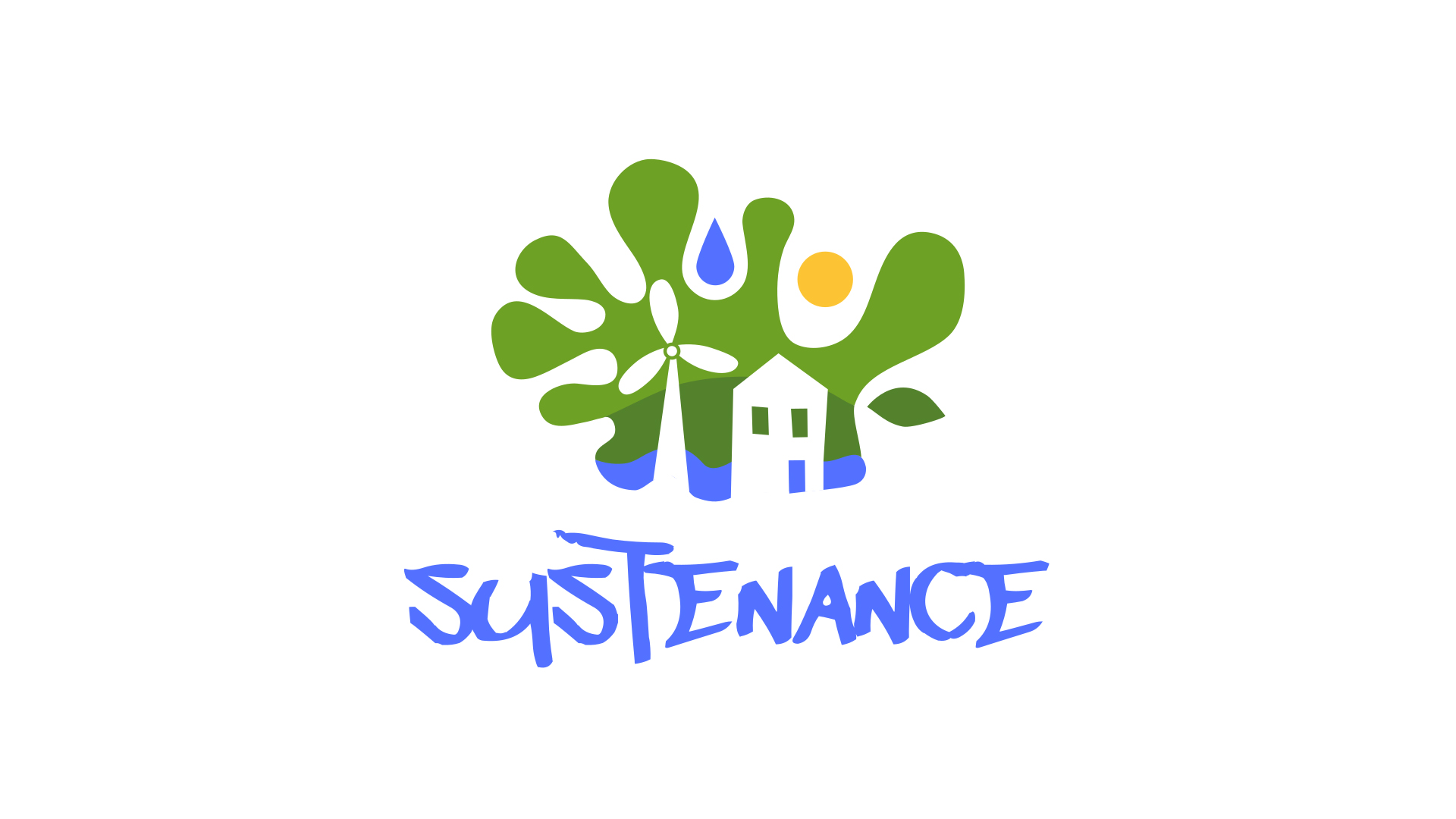The SUSTENANCE project develops technical sustainable energy solutions based on the preferences of local communities.
The SUSTENANCE project aims to develop concepts that enable a green transition to sustainable energy islands. These islands might be in the form of local villages which have their own renewable energy production, potential storages, and a consumption which must be controlled to use as much of the own produced energy as possible.
The local energy islands might be grid connected, as in the cases of the demonstration sites in Europe and on the campus of IIT Bombay in India, or they might form isolated micro-grids as in the case of the two demonstration sites in rural areas of India.
The SUSTENANCE project focuses on the decarbonisation of the local communities but with the purpose of enhancing the environmental, social, and economic conditions of the citizens. The project contributes to the empowerment of women and children in rural areas of India, providing access to electricity, e-rickshaw mobility, and a reliable water supply.
Technical solutions to enable the sustainable energy transition
Technical solutions are developed applying demand response control to ensure flexibility and cost-effectiveness. When connected to the grid, this solution controls the loads according to self-production and local prices.
The technical solutions are developed to ensure consumer comfort and good business cases. Therefore, active participation of the consumers in the development of the solutions is necessary to ensure user acceptance and willingness to engage.
The SUSTENANCE project consists of 21 partners
In the SUSTENANCE project, there are six demonstration sites: Skanderborg (Denmark), Olst (The Netherlands), Sopot (Poland), IIT Bombay campus (India), Borakhai (India), and Barubeda (India).
The four countries differ greatly in user behaviour, political structures, socioeconomic and market regulations, and local energy resources. Despite the differences, the project will show how the same technical solutions can be applied in each case.
The project, led by Aalborg University, consists of 21 partners from Denmark, the Netherlands, Poland, and India.
The partners with their belonging competences are as follows:
| Partner | Logo | Country | Competences |
| Aalborg University | 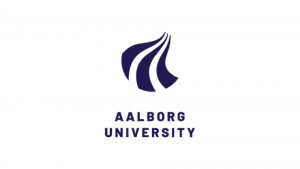 |
DK | · Project management
· Modelling, simulation, and control of multi-energy systems |
| Neogrid |  |
DK | · Developing, implementing, and demonstration of controllers for heat-pumps, district heating systems, photo voltaic, electric vehicles, and storages |
| AURA |  |
DK | · Support the grid interaction studies |
| Skanderborg Municipality |  |
DK | · Enable and support the demonstration and innovation actions in the integrated community energy demonstrator in Denmark
· Facilitates active stakeholder and citizen participation |
| Hans Bjerregaard Consulting |  |
DK | · Business events and networks, BRIDGE initiatives, and other project consortium communication |
| University of Twente |  |
NL | · Social, economic assessment and impact assessment)
· Modelling and distributed control concepts and algorithms for multi-carrier decentralised energy systems |
| SAXION University of Applied Sciences |  |
NL | · Leading partner for the Olst demonstration
· User-interface and performs applied research based on data analysis and inputs from the citizens · Back-end ICT for data acquisition of the e-boilers and heat-pumps · Applied research into business models |
| Institute of Fluid-Flow Machinery Polish Academy of Sciences (IMP PAN) |  |
PL | · Coordinate and manage technical and research activities in municipalities in Poland
· Energy monitoring and analysis systems · In charge of communication and dissemination of the project |
| Energa Operator | 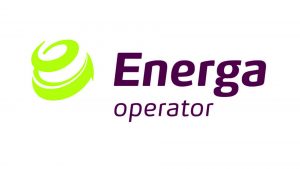 |
PL | · Provide network data
· Improve level of monitoring LV network (include secondary substation) · Inputs on control and operation of local active distribution grids |
| STAY-ON |  |
PL | · Energy storage system design
· Integration with heat pump installation · Energy management system implementation |
| Własnościowa Spółdzielnia Mieszkaniowa im. Adama Mickiewicza w Sopocie (Mickiewicza Housing Association in Sopot) |  |
PL | · Designation of a building for demonstration installations
· Data gathering from the municipal buildings |
| KEZO Foundation at Polish Academy of Sciences | 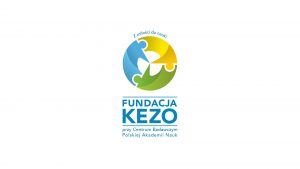 |
PL | · Financial specialist undertaking analysis related to investment costs |
| Indian Institute of Technology, Bombay |  |
INDIA | · Indian coordinator
· Modelling, simulation, and control methods · Development of prototypes |
| Indian Institute of Science Bangalore |  |
INDIA | · Electric vehicle charging infrastructure
· Energy analytics & optimisation platform for optimal operation of multivector energy system |
| Indian Institute of Technology, Kharagpur |  |
INDIA | · Power electronic interface required for enhanced battery life of e-rickshaws
· Power electronic control required for interfacing second line solar PV and second life battery |
| Indian Institute of Technology, Delhi |  |
INDIA | · Smart electrical infrastructure for smart buildings including multiport converters, and associated controllers |
| National Institute of Technology Tiruchirappalli |  |
INDIA | · Developing cluster based multiport powered bidirectional electrical energy system involving different household clusters |
| National Institute of Technology, Silchar |  |
INDIA | · Water supply system and biowaste plant |
| Visvesvaraya National Institute of Technology Nagpur | 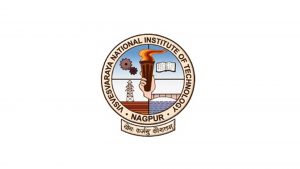 |
INDIA | · Futuristic smart building with smart transformer
· Micro wind turbine generator |
| Motilal Nehru National Institute of Technology |  |
INDIA | · Solar powered irrigation system
· IoT based smart irrigation system activity |
| Gram Oorja Private Solutions Ltd. |  |
INDIA | · Implementation and demonstration activities of the energy island
· Coordinate liaison activities |
 This project has received funding from the European Union’s Horizon 2020 research and innovation programme under grant agreement No 101022587
This project has received funding from the European Union’s Horizon 2020 research and innovation programme under grant agreement No 101022587
 This project has received funding from the DST, Ministry of Science and Technology, Govt. of India under SUSTENANCE project
This project has received funding from the DST, Ministry of Science and Technology, Govt. of India under SUSTENANCE project

